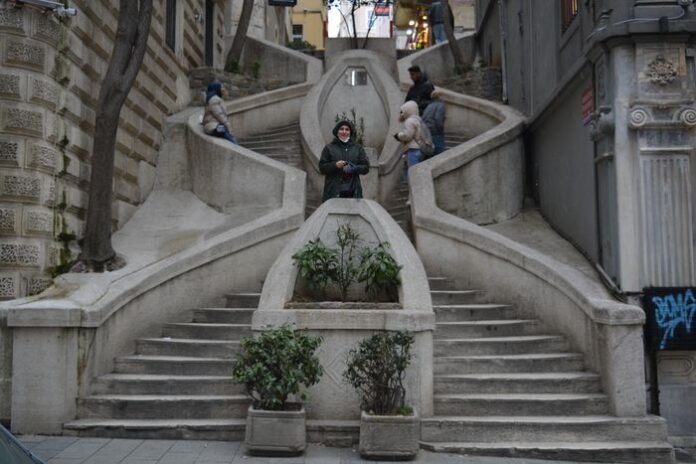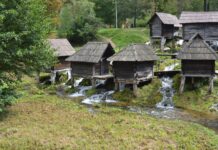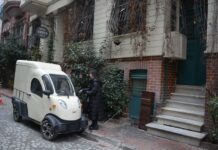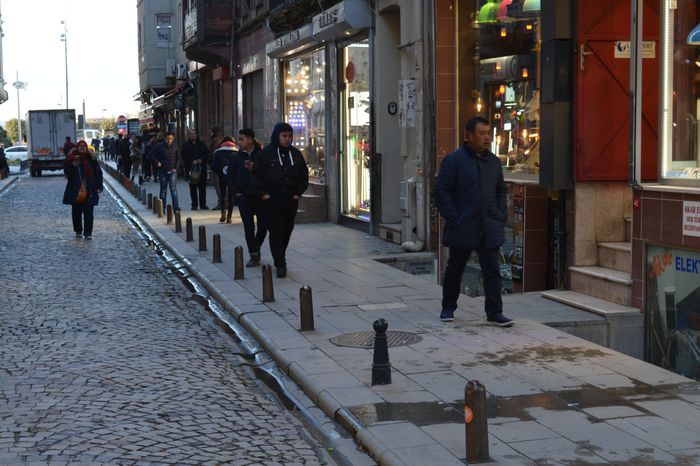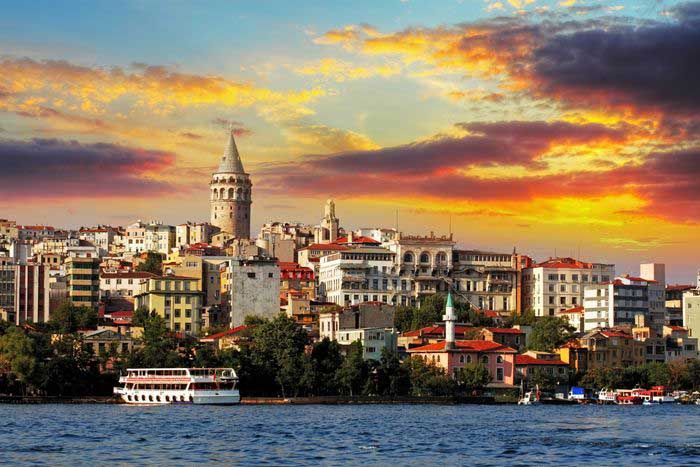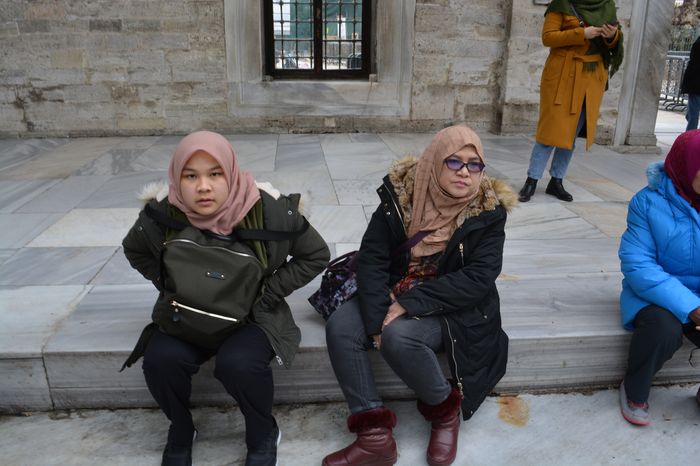Corinthian capitals are an important architectural feature found in nineteen different cisterns in Constantinople. These capitals show many changes over time, evolving from the traditional classical style to simpler decoration by the end of the fifth century.
Scholars have classified this transformation into eight different types. Most of the capitals used in these cisterns date back to the fifth and sixth centuries. Two common types include those decorated with a double crown of soft acanthus leaves and another type with a stylized double crown of acanthus leaves with sharp lines The Enigma of the Capitol of Constantinople.
Composite Capitals Rare but Important
Another group of capitals found in the cisterns belongs to the composite type, which combines Corinthian and Ionic styles. These composite capitals are rarer, appearing only in three cisterns.
Examples of composite capitals include those with deeply undercut double crowns of acanthus leaves, made by drilling to create fine details. Some also have palmettes (fan-shaped leaf patterns) or Ionic cymation (decorative molding) between the scrolls or volutes.
These composite capitals have been found in important locations such as:
The cistern beneath the courtyard of the former Gulhane Hospital,
The cistern near the Şeyh Murat Mescidi,
And Cistern No. 1 located southwest of the Pantokrator Church.
Use of Impost Blocks in Capitals
Both Corinthian and composite capitals in these cisterns usually have square impost blocks placed on top. These impost blocks serve as transition pieces that help support arches or vaults Guided Istanbul Tours.
It is important to note that many of the plain and decorated impost blocks found in Constantinople’s cisterns are spolia — reused architectural elements taken from older buildings.
Unique Capital Types: Basket, Melon, and Impost Panel Capitals
A rare variation called the Justinianic basket capital was found only in Cistern No. 1 of Pantokrator. This type of capital has a basket-like shape. A later copy of this basket capital style shows the “a-jour” technique in low relief carving, which was discovered in a cistern below the outer courtyard of the Yavuz Sultan Selim Mosque.
Other less common capital types include
Melon capitals, which have rounded, segmented shapes like a melon,
Impost panel capitals, a new style created in the sixth century. These impost panel capitals have a trapezoidal shape that may include decorative panels.
An example of an impost panel capital can be seen in the cistern near the Şeyh Murat Mescidi, where one impost panel capital is placed below a reversed column base.
The variety of capitals found in Constantinople’s cisterns—from traditional Corinthian to composite and unique local types—shows the rich architectural history of the city. These capitals, often reused from older buildings, reveal changes in style and craftsmanship from the fifth to the sixth centuries. Their decoration, construction techniques, and reuse help us understand Byzantine architecture and the practical use of spolia in water storage structures.
